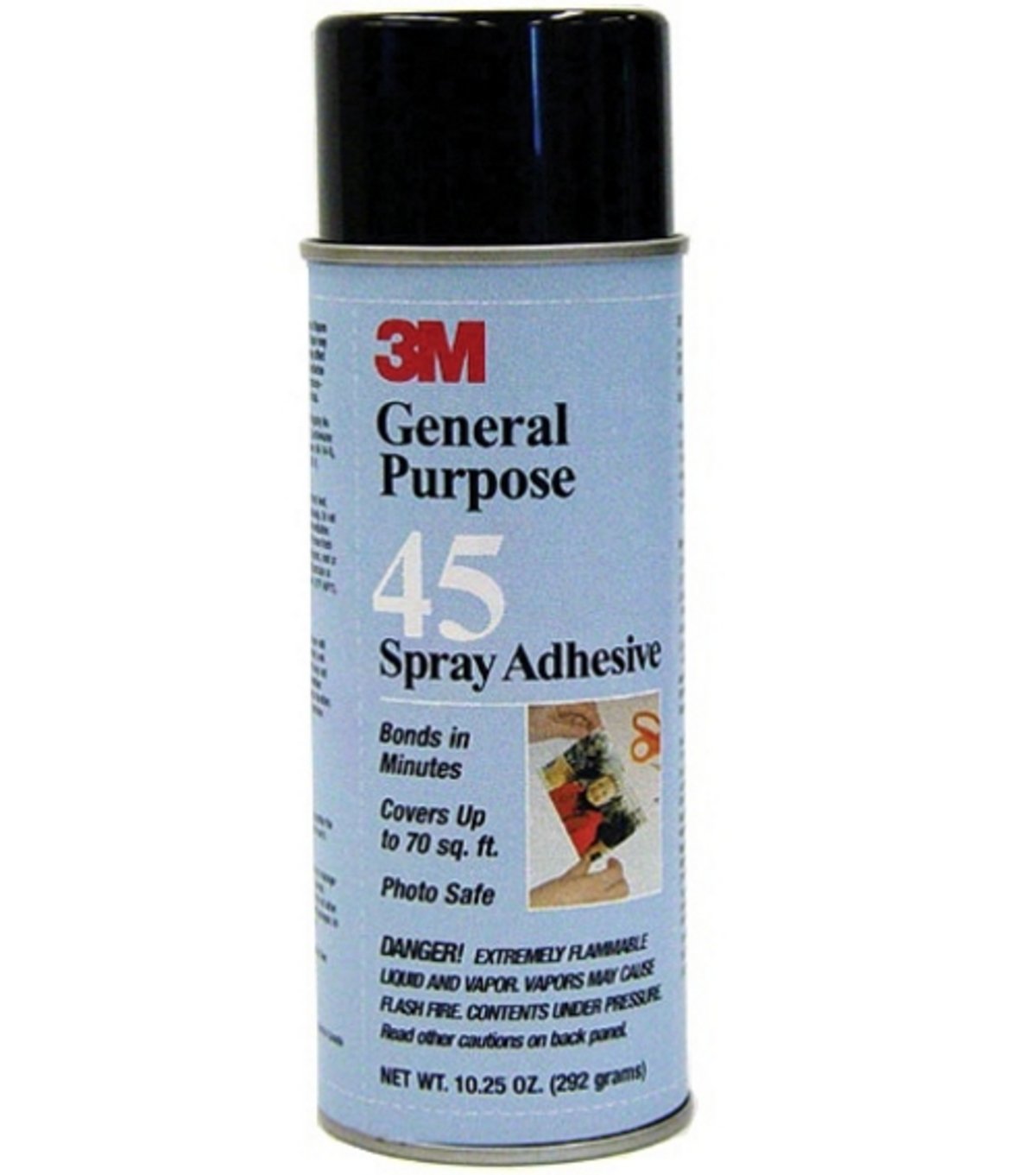Now say you're in the situation where you and your equipment won't exactly fit in the closet available to you, or you simply don't have one. Your next best option would be to sound-insulate the area you plan to do your recordings in, but the items you have available to you don't do the job well enough. So? What's the best way to sound-insulate your room that isn't permanent nor damaging (and would cause you to default on your deposit)?
There are many ways you can accomplish this, but I will mainly cover one with in this blog. Now this method isn't the least expensive option, but it shouldn't break your bank account, if you budget smart.
Now what you'll need to start with is some foam, you can get this at any number of places for a variety of prices, shapes and colors but what would yield the best results for you is acoustic foam. Why? Due to it's cut shape, it performs a lot better in absorbing sounds than a flat surface of foam.
Now Acoustic foam can be pretty pricy depending on the cut, color, quantity and material you get. You can achieve the results you're looking for with cheaper foams at the sacrifice of of some non-essential features like color-choice, extra surface area and being fire-retardant and heat-resistant (so please don't smoke or light candles around cheap sound-absorption materials.)
Now for this blog, I'll be showing you what I've done to my room. If you are seeking to insulate your room, you don't have to follow this tutorial word for word, but instead use it as a guideline for what you wish to do.
 Step 1) Purchase your foam (In this case, I ordered 24 square foot pieces of 2" Pyramid cut foam, for $2 a square)
Step 1) Purchase your foam (In this case, I ordered 24 square foot pieces of 2" Pyramid cut foam, for $2 a square) Step 3) Find an adhesive to glue your foam and rigid materials together (A spray-on adhesive works best for this situation, doesn't need to be heavy duty as your materials are fairly light weight.)
Step 3) Find an adhesive to glue your foam and rigid materials together (A spray-on adhesive works best for this situation, doesn't need to be heavy duty as your materials are fairly light weight.)Step 4) Measure, and Glue your materials together in ventilated room or outside (make sure to line up your squares correctly and allow it to dry and ventilate for 30 minutes to an hour or two.)
Step 5) Apply masking or poster tape to back of foam squares. (A light to medium-duty tape that's easy to remove will be perfect. Your materials are fairly light weight, so you won't need much tape.)
Step 6) Determine where you want to apply your foam squares and tape them up. (You'll generally want a higher concentration of sound insulation where your microphone is.)
 |
| Fell free to make decorative patterns with your foam |
 |
| Apply more foam where your microphone is closest |
Now you are ready to record, and if you're not satisfied with the placement of your foam, you can easily rearrange it to your liking. You can also wield better results with the strategic placement of paintings, photos, tapestries, posters, curtains, or even clothes and costumes from within your closet or upon your wall with temporary wall hooks.
This is one of several approaches to temporary, undamaging sound insulation. A tad more costly than than other DIY options but the outcome is much more professional and decorative than others. And, I kept this project well under $100 (£64) in total. A small price to pay for some high-quality recordings! Thanks for reading!





No comments:
Post a Comment